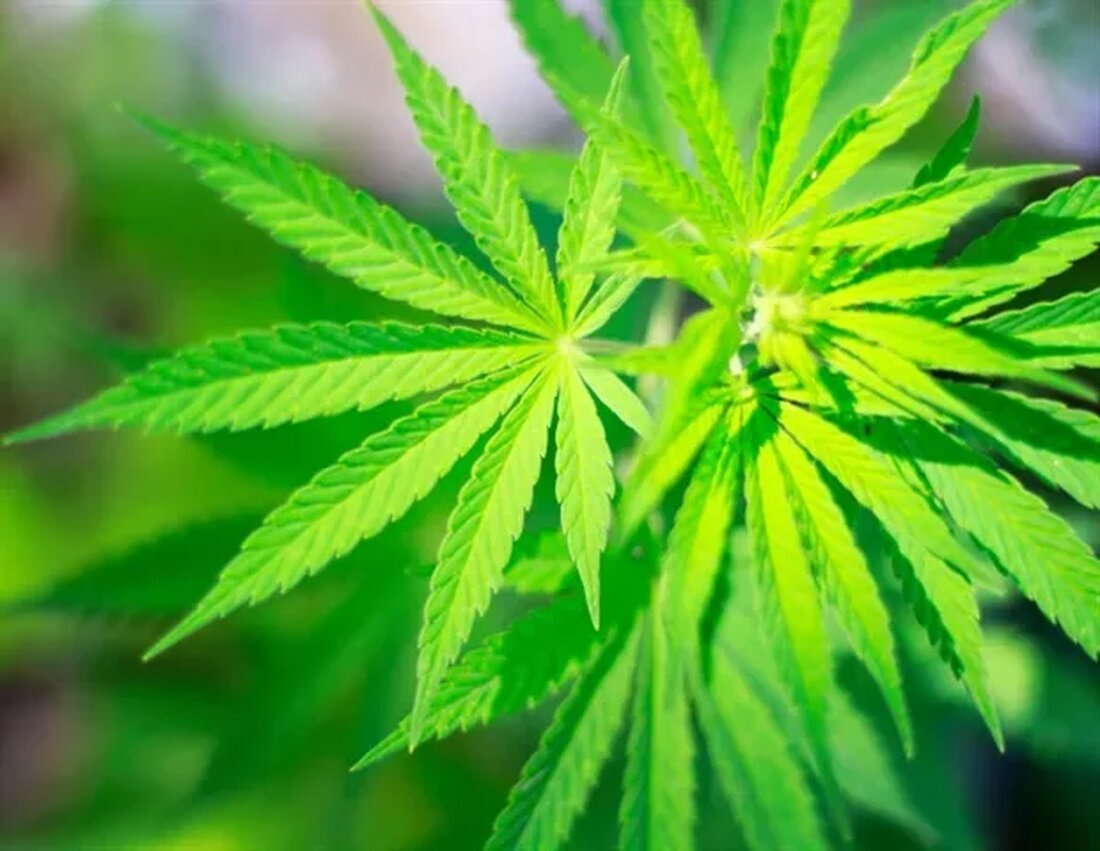Young adults are more likely to suffer from chronic pain than older adults: alarming trend
Young adults with chronic pain use cannabis and CBD oil for pain relief According to a new Harris Poll survey conducted online on behalf of the Samueli Foundation, young adults ages 18 to 34 are more likely to report chronic pain compared to older adults (65% vs. 52% for those ages 35 and older). A large majority of them (73%) reported suffering from pain on a daily basis. More than one in five young adults with chronic pain (22%) use cannabis and/or CBD oil for pain relief, twice as likely as the 45+ age group (11%). Young adults seek help with...

Young adults are more likely to suffer from chronic pain than older adults: alarming trend
Young adults with chronic pain use cannabis and CBD oil for pain relief
According to a new Harris Poll survey conducted online on behalf of the Samueli Foundation, young adults ages 18 to 34 are more likely to report chronic pain compared to older adults (65% vs. 52% for those ages 35 and older). A large majority of them (73%) reported suffering from pain on a daily basis. More than one in five young adults with chronic pain (22%) use cannabis and/or CBD oil for pain relief, twice as likely as the 45+ age group (11%).
Young adults seek help from health care providers
The survey also found that young adults with chronic pain – most commonly in the back (32%), neck and knees (20% each) – are seeking help from healthcare providers to manage their pain. Nearly three in 10 young adults with chronic pain (29%) say they have been talking to their doctors more often about their pain since the start of the pandemic, compared to just 15% of those ages 45 and older. However, three-quarters of young adults (75%) also say they don't know which healthcare provider can best help them manage their pain.
Important approaches to pain management
The survey shows that 78% of adults with chronic pain use non-drug treatments, while 70% use pharmacological treatments. The most common approaches are over-the-counter painkillers (53%), followed by exercise (43%), heat/cold (34%), healthy diet (26%), cannabis/CBD (16%), physical therapy (15%), massage therapy (15%) and yoga (14%). Since the start of the COVID-19 pandemic, two-thirds of respondents with chronic pain (66%) say they have changed how they cope with pain. Some people are now more likely to use over-the-counter medications (37%), exercise (35%) and healthy eating (25%) to manage pain than before the pandemic.
Interested in non-drug treatments
A majority of Americans with chronic pain are interested in non-drug treatments. Of those not currently using these treatments, 80% say they are interested in healthy eating, 71% in exercise, and more than three in five people would be interested in trying massage therapy (68%), physical therapy (62%), or stress-reducing interventions such as mindfulness-based stress reduction or meditation (61%).
Need for better pain management
The quality of life of Americans with chronic pain is also likely to suffer, and the majority want more help and guidance to manage pain. More than 4 in 5 Americans with chronic pain (83%) say their quality of life would improve significantly if they could better manage their pain, and 79% want their pain to be taken more seriously by health care providers. Additionally, 68% say they would like more information about how to better manage their chronic pain.
Regular discussions with healthcare providers
“This should be a wake-up call to physicians that their patients are looking to them for more information about managing their chronic pain, especially with non-drug approaches,” said Wayne Jonas, MD, executive director of Integrative Health Programs at the Samueli Foundation. “It is up to healthcare providers across the healthcare system to have regular conversations with patients to find the best ways to manage their pain in everyday life.”
Source: The Reis Group

 Suche
Suche
 Mein Konto
Mein Konto
